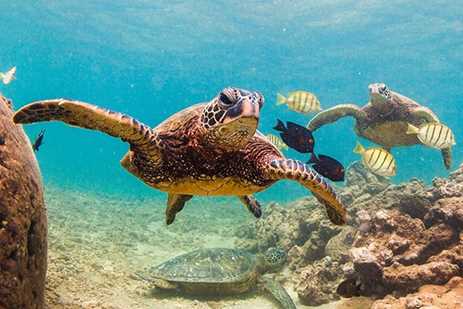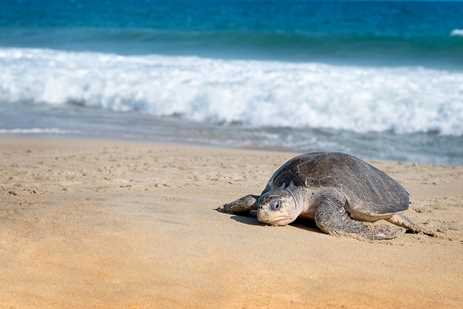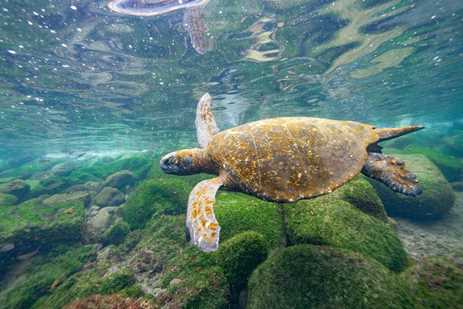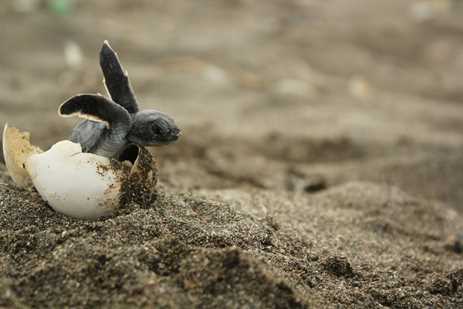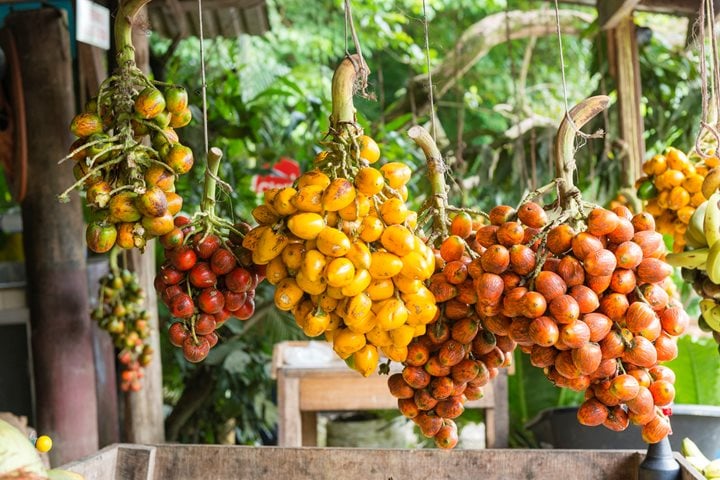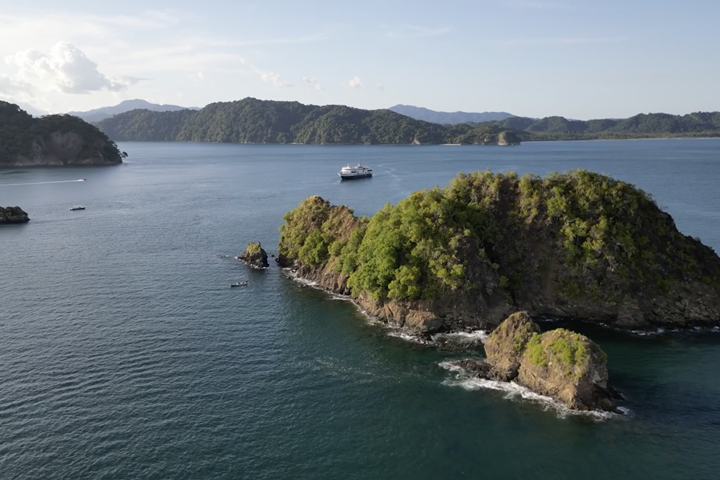Dive into the depths of nearly every ocean on the globe and you’ll be sharing the water with one of the world’s oldest—and until recently, most mysterious—creatures: the sea turtle. These ancient reptiles predate even the dinosaurs, with their earliest known relatives appearing in the fossil record as far back as 260 million years ago. Sea turtles can be found in every marine environment but the polar seas, and throughout their lifetimes traverse a wider array of habitats than nearly any other ocean-dwelling animal, from sandy beaches to sargasso seas to deep open waters.
For environmentalists, this broad range makes sea turtles a vital “umbrella species”—an animal whose protection also safeguards the countless other species that share their habitat. While marine conservation efforts have made major strides in recent years, sea turtles are still facing existential threats across the globe, with six out of the seven species considered threatened or endangered.
In Costa Rica, researchers and environmentalists with the Latin American Sea Turtles Association (LAST), are making strides toward protecting these compelling creatures. Through a lineup of research, rescue, habitat restoration and government advocacy projects, LAST aims to preserve and promote the hawksbill sea turtle, one of the critically endangered species that dwells in Costa Rican waters.
Thanks to a special partnership with LAST, guests of National Geographic-Lindblad Expeditions on every departure of Costa Rica and the Panama Canal get an exclusive behind-the-scenes look at this critical work, meeting with researchers and rescuers at the Playa Blanca facility.
Over the course of the afternoon, you'll have the incredible opportunity to help researchers with data collection, hear presentations from the staff, and learn more about LAST’s impact on the local sea turtle population. At the end of your visit, you’ll be invited to watch as healthy turtles are released back into the Pacific—a truly poignant and unforgettable encounter.
“The LAST team members know the local hawksbills by sight, and even know some of their stories,” says Alena H., who visited the organization on a recent voyage. “It was inspiring to see how deeply they care for the turtles that come to Playa Blanca year after year to nest—and a really joyful moment to see one of the turtles return to the sea after receiving its “check-up.”
Ahead of your own visit to Costa Rica and LAST, learn more with seven fascinating facts about these compelling chelonians.


